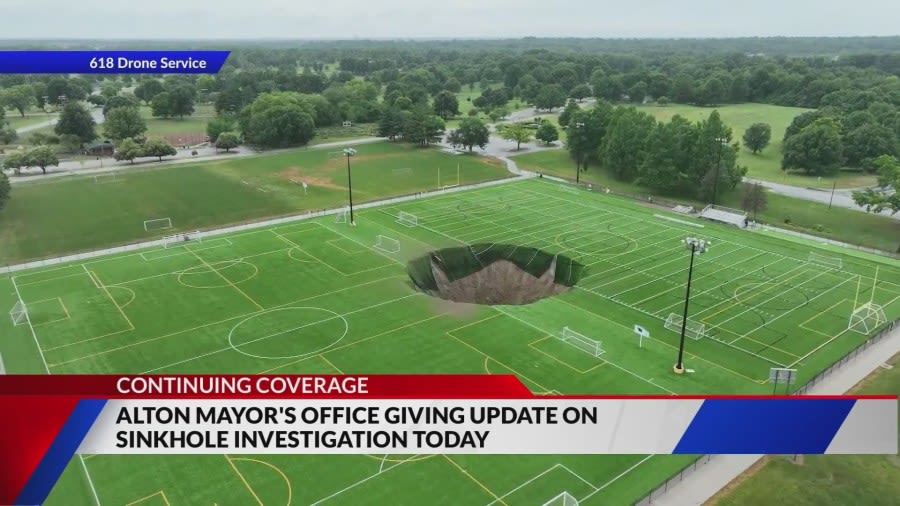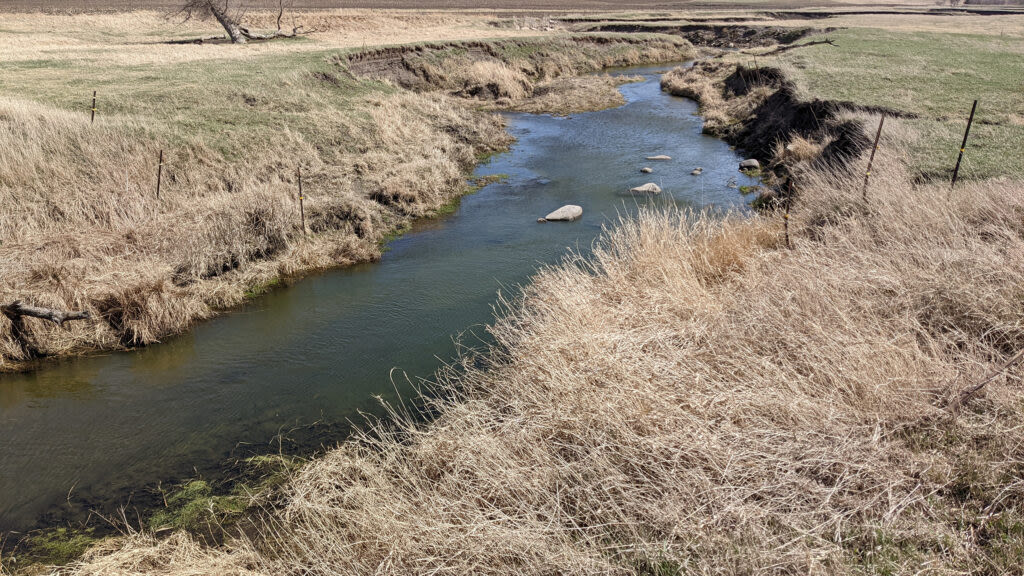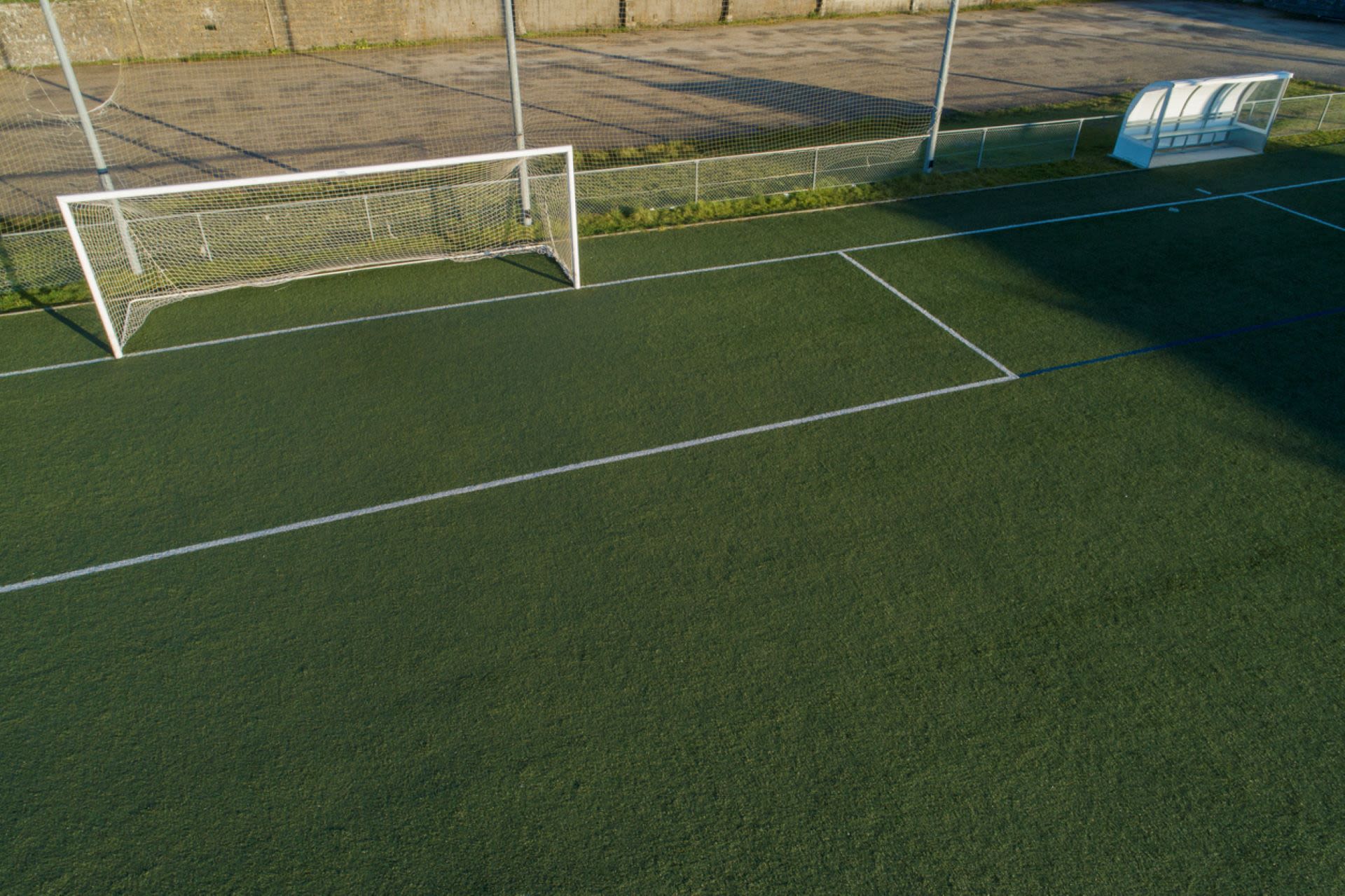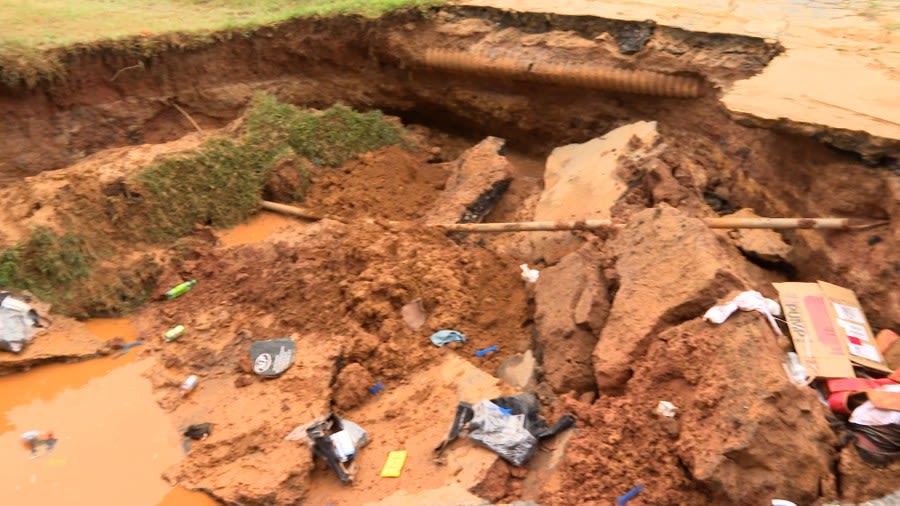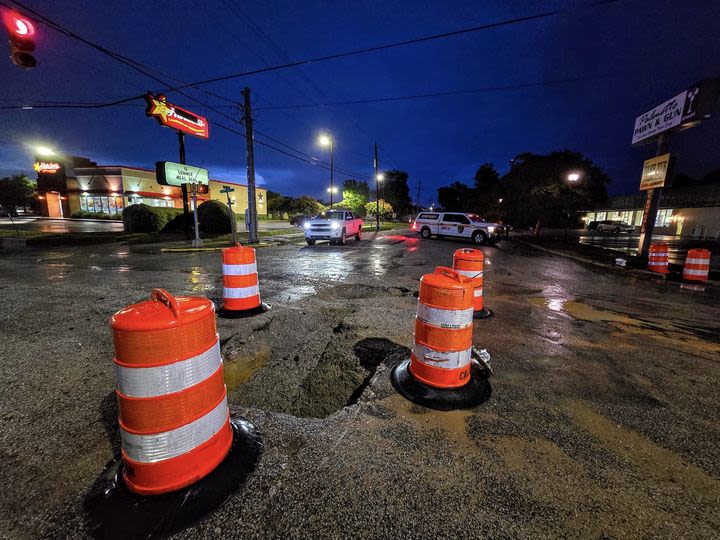Search results
News about Alton, sinkhole, New Frontier Materials
News about Iowa, sinkhole, sports field
News about Moorhead, water main break, sinkhole
Also in the news
A sinkhole is a depression in the ground that has no natural external surface drainage. Basically, this means that when it rains, all of the water stays inside the sinkhole and typically drains into the subsurface. Sinkholes are most common in what geologists call, “karst terrain.”. These are regions where the types of rock below the land ...
A sinkhole is a depression or hole in the ground caused by some form of collapse of the surface layer. The term is sometimes used to refer to doline, enclosed depressions that are also known as shakeholes, and to openings where surface water enters into underground passages known as ponor, swallow hole or swallet.
Jul 3, 2024 · The sinkhole swallowed several cars, oil drilling equipment, and oil tanks. In one day, the Daisetta sinkhole had grown to 200 meters (656 feet) in diameter and 75 meters (246 feet) deep. Within a couple weeks a 23-meter (seven-foot) deep lake had formed in the sinkhole, and a two-meter (seven-foot) alligator had taken up residence in the waters.
Jun 9, 2018 · A sinkhole is an area of ground that has no natural external surface drainage--when it rains , the water stays inside the sinkhole and typically drains into the subsurface. Sinkholes can vary from a few feet to hundreds of acres and from less than 1 to more than 100 feet deep.
A sinkhole is a closed natural depression in the ground surface caused by removal of material below the ground and either collapse or gradual subsidence of the surface into the resulting void. A pothole is usually a fairly small feature caused by failure of paving materials, usually associated with roads, parking lots, and airports.
5 days ago · A massive sinkhole swallowed a huge part of a soccer field at an Illinois park nearly two weeks ago. Watch dramatic, new video to see how much larger the sinkhole is, and get the latest on the ...
